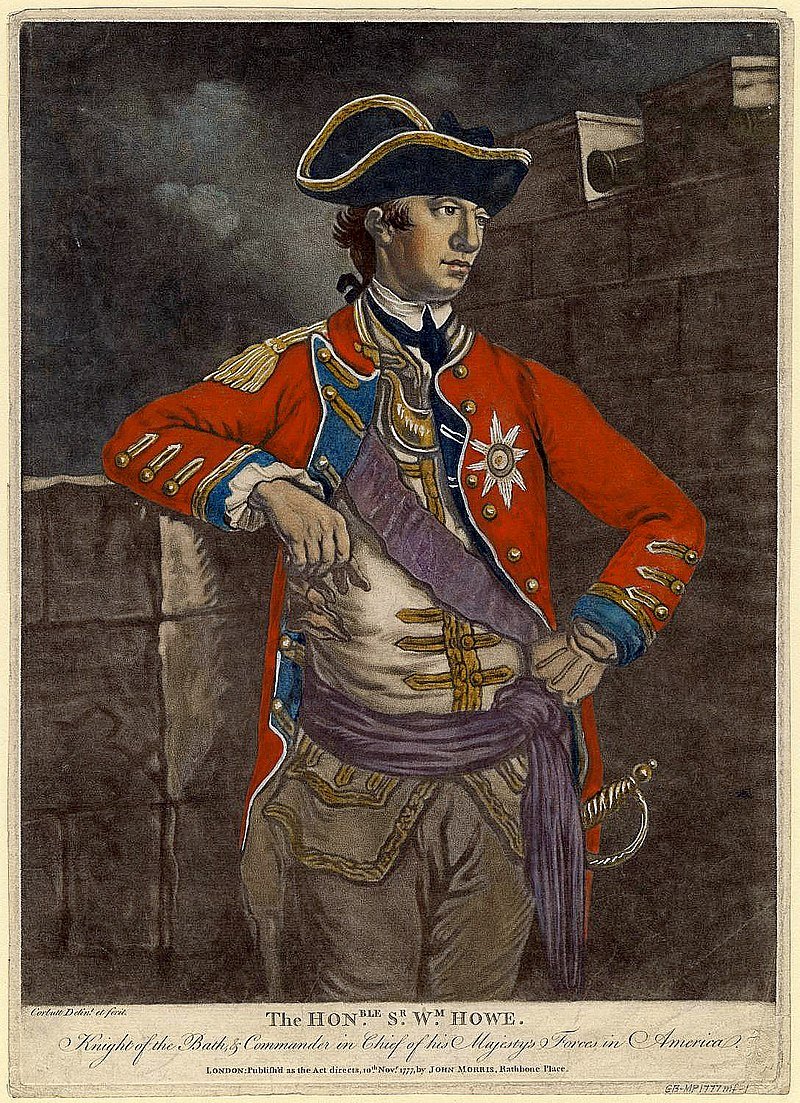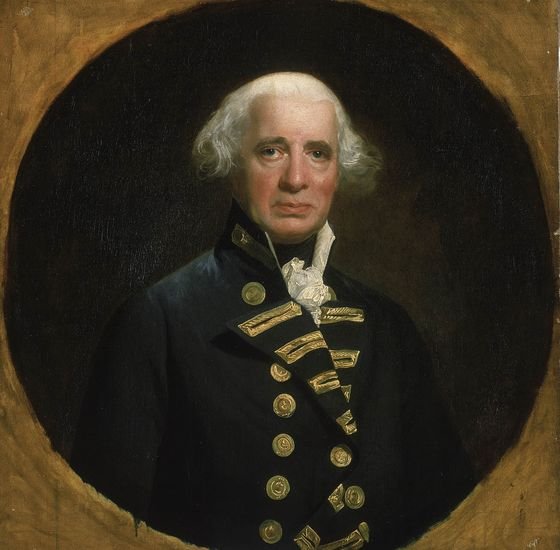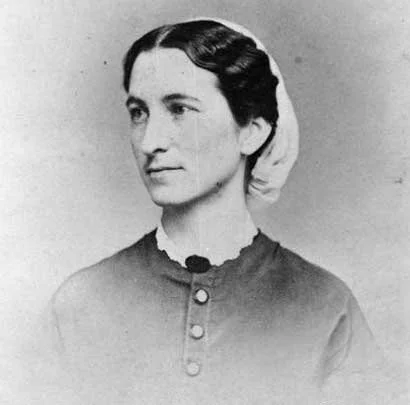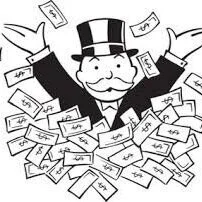The Monroe Howes
The US Civil War was a very divisive time in Monroe, WI— far more divisive than most histories recognize. Our local Civil War authority and Historical Society member John Rupp tells me that Green County family histories are surprisingly silent with regard to that war: grandparents might make up stories about meeting Indians in the woods by their fields, but nobody at all wanted to talk about what went on during 1860-65.
If one were to go by the writing of Ludlow-sponsored partisans like the hawkish P. F. Neverman, one would come away with the impression that critics of Lincoln’s war were a vocal minority in the 1860s. This would be misleading. While Arabut Ludlow owned the north side of our town square; on the south side we had a “States Rights” building too. When Ludlow and his toughs trolled town extracting oaths of loyalty from Monroe’s peaceable citizens, they were doing so from a place of intense insecurity.
The political landscape of Green County was nuanced. In the years following the conflict there was a strong link between Monroe’s business community and Southerners who’d been displaced by the Civil War, but ‘made good’ in NYC in the following decades. For instance, John Freuler’s Mutual Film investor Thomas Fortune Ryan, the tobacco monopolist and patron of Benjamin B. Hampton, followed such a path. The Howe family, whose Monroe scion Elsmere R. Howe became a famous cartoonist shortly after Art Young, shares a similar history.
The Howes came to my attention because of the similarity between Elsmere’s newspaper career and that of Art Young. It is quite remarkable that our small town would be home to two nationally-recognized cartoonists within so short a duration, both of whose families hailed from just over the border in/near Orangeville, Illinois.
Cyrus Howe’s family actually lived in Oneco, IL —slightly closer to Monroe and the WI/IL border than Orangeville, but Orangeville is where the post office was and therefore the focus of the nearby hamlets. The length of this map represents a 20 minute drive.
Another point of note is that the surname ‘Howe’, like the surname ‘Young’, featured among the leadership of Mormon counterfeiting circles. Eber Howe was Joseph Smith Jr’s star engraver— or at least one of them— whose work featured prominently during the Kirtland Safety Society scandal and later under Brigham Young’s leadership. Abigail Howe was Brigham Young’s mother. Because Monroe, WI was the headquarters of the Bonelatta counterfeiting gang between 1857-1871, and family connections were central to organized counterfeiting networks, kinship between the Monroe and Mormon Howes would not be unlikely.
Unfortunately, I couldn’t trace Elsmere R Howe’s ancestry further back than his great-grandfather, Franklin Howe, who was born in Virginia around 1809. Franklin’s son Cyrus Howe married Priscilla Van Meter allegedly in 1853, but I was unable to verify this. I can be sure that by the 1870s the couple resided in Oneco, Stephenson County, Illinois (near Orangeville). Priscilla’s parents had come to Illinois from Virginia (father) and Maryland (mother) but Priscilla had been born in Ohio in October 1827.
It’s quite natural that Virginia- and Maryland-raised farmers would come to Wisconsin after the Civil War, because Wisconsin too was an important tobacco-growing state. Any agricultural knowledge the Howes and the Van Meters had (Emery registered as a farm laborer in the 1870 census) would have been in high demand in this labor-intensive industry. However these families’ histories are complex.
Both the Howe and the Van Meter families have a very distinguished history in Virginia. Prior to their New World success, the Howes were a noble British family. Emanuel Scrope Howe, 2nd Viscount Howe had married George I’s half-sister and was made Governor of Barbados in the early 1730s. However, Emanuel Scrope became indebted pursuing political ambitions, died early, and by 1737 his sons were compelled to settle in Virginia, where they eventually distinguished themselves fighting for the British during the Revolutionary war:
… Joseph Howe first came to America in 1737; he would have been only seventeen. If his father had passed away in 1735 and his family had no means to support him, then what would he have to lose to start over in the New World? At some point, Joseph returned to Britain and returned sometime around 1748 when he married his wife, Eleanor Dunbar. He settled with his new wife in Boston, MA. But around 1758, Joseph Howe went looking for his brother, George Lord Viscount Howe, who was fighting in the French-Indian War. Unfortunately, George was killed on the first tragic expedition to Ticonderoga in North America. There is a monument for George erected in his honor by the Province of Massachusetts before its separation from Britain, but his body is buried in Westminster Abbey.
Subsequently, Joseph and Eleanor Howe made their way with their young family to Southwest Virginia to start a new life. He was surveying property in Virginia with George Washington around 1749 but arrived at Sunnyside in 1758 to create a new Howe family legacy. James Mayo Hoge also joined the group by marrying Howe's daughter, Elizabeth. He established the Hoge family on the next farm, Hayfield, now called Belle-Hampton.


Above are portraits of William and Richard Howe. William commanded the British Army in North America (red jacket) during the Revolutionary War, while Richard commanded British Naval Forces.
I cannot be sure that Franklin or Cyrus were descendants of these Howes, but the odds are good given that the van Meters were also a prominent Virginia family:
Within four years after choosing the best lands for themselves and their families, John and Isaac Van Meter sold most of their Virginia property to a New Jersey relative, Jost Hite, who is credited with being the principal colonizer of the upper Shenandoah Valley. Apparently, Hite was for many years also erroneously credited with being the very first pioneer settler in the area and the first white man to cross the Potomac west of the Blue Ridge mountains, distinctions that more rightly belong to John and Isaac Van Meter.
The van Meters were successful landowners in Somerset County, New Jersey before exploring and settling parts of what is now Virginia and Maryland. John Van Meter, who traded extensively with the Delaware Indians, acquired (likely granted by Lord Baltimore) a 300 acre tract called "Metre" in Prince George's County, Maryland and an additional 150 acre tract called "The Meadow" in the same county.
Two of John Van Meter's sons also purchased or were granted property in Prince George's County, Maryland. Two deeds, both dated October 1732, about the time that the boys would have reached their majority, reveal that Isaac Van Meter became the owner of a 200 acre tract called "Isaac's Inheritance," and Johanes Van Meter took possession of a 200 acre tract called "Ripe Meadows."
…Whether the story about John Van Meter's close escape from being killed by Indians is fact or fiction, it is certainly true that in 1730 he and his brother Isaac personally visited the Royal Governor of Virginia, William Gooch… at Williamsburg, which was then the capital of the colony. Their purpose: To petition the governor for a grant of land in the vicinity of the south branch of the Potomac.
Prince George’s County is outlined in red, is is part of Maryland. Washington D.C. is half a square carved out of Maryland and meeting Virginia at the Potomac River. Van Meter, Hoge, Hyatt and Howe lands were once part of this capital area.
The Young family too were well represented in Maryland: progenitor Thomas Young was a South Carolina landowner who’d married into the Hyatt family, landowners in Prince George’s County Maryland. (The Hyatts owned the land which the Kennedy Center in Washington D.C. now occupies.) Thomas Young, an ardent Methodist hence client of the Church of England, became prominent around early Baltimore city and also owned a large farm in Baltimore County, MD. The Youngs were among those radical protestants who preached without enjoying the education required of state-sponsored ministers: the Church of England’s fears about Catholic encroachment in Maryland made strange bedfellows. Thomas Young, like the Howes, was a staunch supporter of the British during the Revolutionary War and faced high treason charges in 1783.
The Virginia Howes, the Van Meters and the Maryland Youngs had the ears of the great and the good, at least prior to the Revolutionary War. The conflict in 1776 was marked by extensive use of counterfeiting by the British to undermine the economies of their rebellious colonies— the British were added by the colonies’ indigenous criminal element. This time period— the genesis of the USA’s British Partisan/Organized Crime nexus— is when Canada began to play a major role in the US counterfeiting scene and “Cognac Street” exploded, eventually giving birth to the Smith Family (Mormon) counterfeiting syndicate in Vermont, Upstate New York and Pennsylvania. “Cognac” was a contemporary slang term for counterfeit currency.
“Cognac Street” was the main road that ran out of Dunham, Quebec, Canada and into the Northeastern USA, specifically Upstate New York. This road was the chief thoroughfare for counterfeit US bills produced in Canada, the main venue for counterfeit production, which started under British protection during the Revolutionary War but continued for decades afterward. The location of Dunham with regard to the US state Vermont shows why the Smith family’s counterfeiting network was so important to crime in the region. Of course, Eber Howe teamed up with the Smiths in Vermont.
Prior to inventing Mormonism, Smiths in Vermont practiced Universalism (called Unitarian Universalism today) and Methodism, like the British-aligned Youngs in Maryland. Joseph Smith Jr’s grandfather, Asael Smith, was an ardent Univeralist and Deist and was accused of harboring Quakers— wily Deist businessmen who sometimes doubled as British spies. (See The Darien Disaster, Prebble. Quakers were also found in NYC’s prostitution scene prior to the 1870s advent of Hungarian Jewish immigrants— a branch of the Hapsburg-sponsored “Galician Network”. See Gotham: A History of New York City to 1898, Burrows. For the unwholesome role of Quakeress Elizebeth Smith in founding the NSA, see here.)
All these radical protestant, extra-biblical, and ultimately quasi-Christian beliefs had a tendency to attract an exploitative, criminal element. In a section of her pre-history of the Mormon counterfeiting phenomenon titled “Radical Sects and Counterfeiting After the Revolutionary War” historian Kathleen Kimball Melonakos states [See Secret Combinations]:
When it came, the Revolutionary War had major effects on society. Stephen Marini, in ‘Radical Sects of Revolutionary New England’, describes severe shortages of ministers and training colleges after the war, and how it adversely affected the parish system…
While the strength and number of Christian churches declined, hermeticism, that is, the supposed revelations of the pagan god Hermes Trismegistus recorded by gnostics in the second century A.D. and popularized in Europe by Jacob Boehme (1575-1634), came to the New World via occult books… Hermeticism and gnosticism are founded upon the belief that people can manipulate the supernatural to their own advantage if they have the secret knowledge required. In some ways this desire for knowledge led to the pursuit of legitimate science, but more often, practitioners of hermeticism engaged in witchcraft, sorcery, alchemy, magic cures, treasure hunting and fortune telling…
I’ve written before about hermeticism, more properly renaissance hermeticism, with respect to the film industry and influencing crowds in my posts The Magical Zwischenreich and Animating the Image: Sisi’s Stars. Alongside their counterfeiting activities, Joseph Smith Jr’s family in Vermont practiced “treasure hunting”, a scam wherein gullible farmers would pay the Smiths to channel spirits who would show where gold was buried on their land.
The retreat of British religious authority in the new United States opened up opportunities for charlatans, Melonakos explains:
In addition to lone practitioners of the occult, numerous self-proclaimed “prophets” claimed God had spoken to them personally, revealing new truths that put them at odds with biblical principles and ruling authorities. Some such prophets only captivated a few, while others gained a substantial following. Some were rebels or outright criminals, that is, people who lived by con-artistry, quackery, thievery, counterfeiting money or a combination of these “arts.” In fact, “counterfeiting cropped up with regularity among New England’s perfectionist antinomians.” [Quote from Brooke, “The Refiner’s Fire”, pages 116-119] Moreover, the Revolution increased the proliferation of radical sects which were frequently “front groups” for counterfeiters.
The groups notable for inspiring pseudo-religious con-artistry and counterfeiting at this time include English cults like “The Family of Love” which influenced antinomians Anne Hutchinson and Stephen Bachiler of Hampton, New Hampshire; Quakers (particularly in pre-1776 counterfeiting heartland Rhode Island); Ranters; and Muggletonians. German-derived cultists included the radical Pietist/hermeticist Conrad Beissel, one of many early American cult leaders influenced by the Moravian Brethren (Count Zinzendorf’s antinomian cult). These German cults had considerable state sponsorship (Prussia, Hapsburgs, Saxon and Hallensian nobility) and Zinzendorf’s in particular was financed by Amsterdam-based businessmen with imperialistic goals.
What gels out of this crime history is the confluence between 18th and 19th century Imperial German and British espionage; state-sponsored counterfeiting; hermeticism-inspired, extra-biblical cults; quack medicine; and ultimately human trafficking. This confluence explains curious facets of Monroe, WI’s film history and perhaps that of the Midwestern United States more generally.
I know almost nothing about our Oneco IL/Monroe WI Cyrus Howe, except that his father Franklin was from Virginia (this information was recorded in the 1870 census) and that he married Ohio-born Priscilla Van Meter. I know that after the Civil War, they ended up in a border hamlet very near the nation’s counterfeit-currency distribution capital. I’ve looked at the prominent Howe family in Virginia and noted synergies between their history and that of US counterfeiting in general. None of this proves any Howe was involved in the Bonelatta undertakings. The only thing proven is that members of the Howe family were in the right place, with the right connections, at the right time to have engaged in the 1776-1871 era of native control of US-focused counterfeiting operations, when family ties were paramount to the business.
Bearing the above in mind, however, it’s noteworthy that Emery’s son, Elsmere R. Howe, would become a famous cartoonist like the eldest Young boy Art, a profession which during their lifetimes required contacts in the publishing industry and the same artistic skills as that of a banknote engraver.
** Bonus: Matt Figi will publish a biography of Elsmere R. Howe in an upcoming edition of the Monroe Evening Times.**
The title image is a representation of the Byrd plantation in Virginia.








